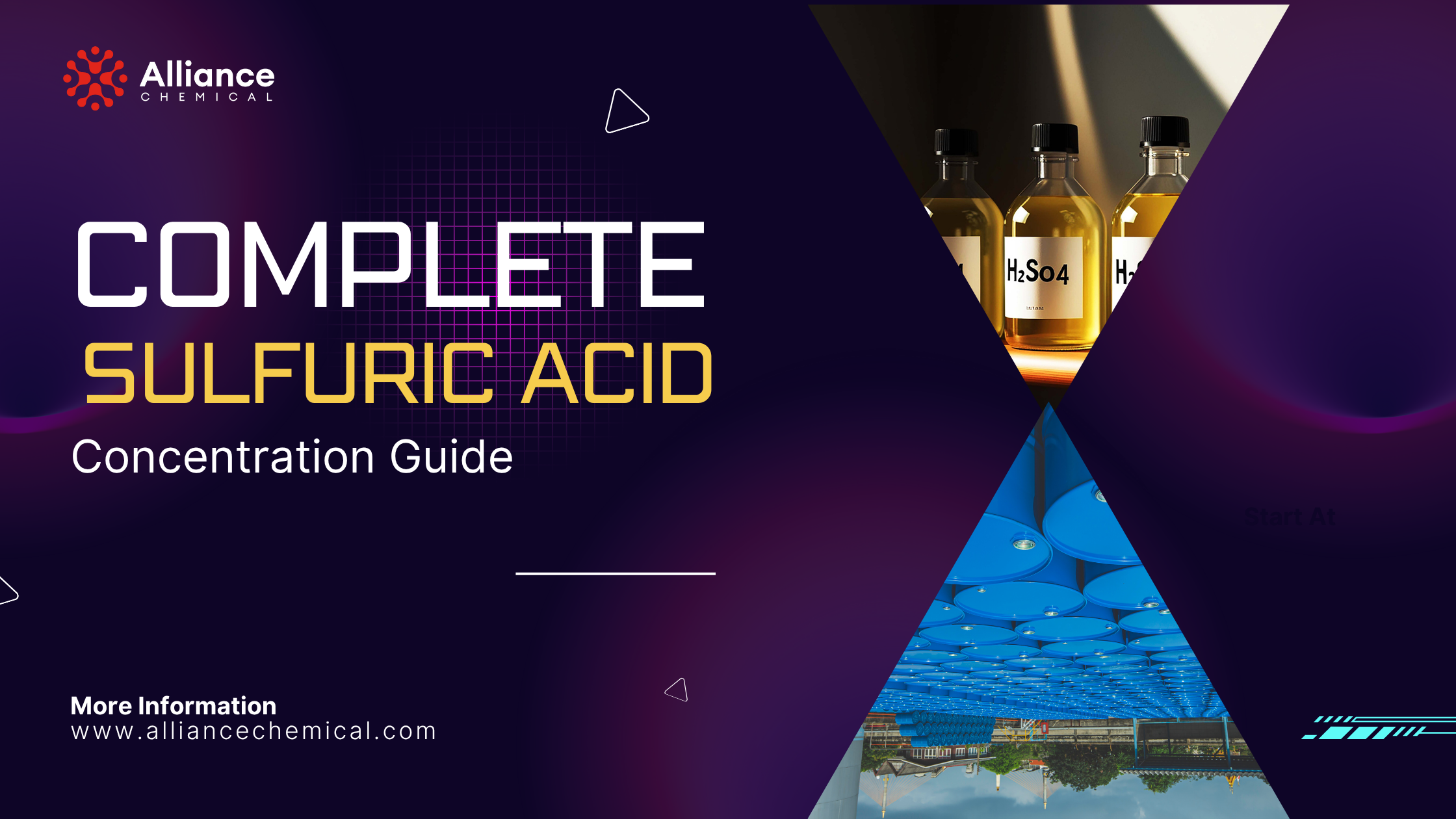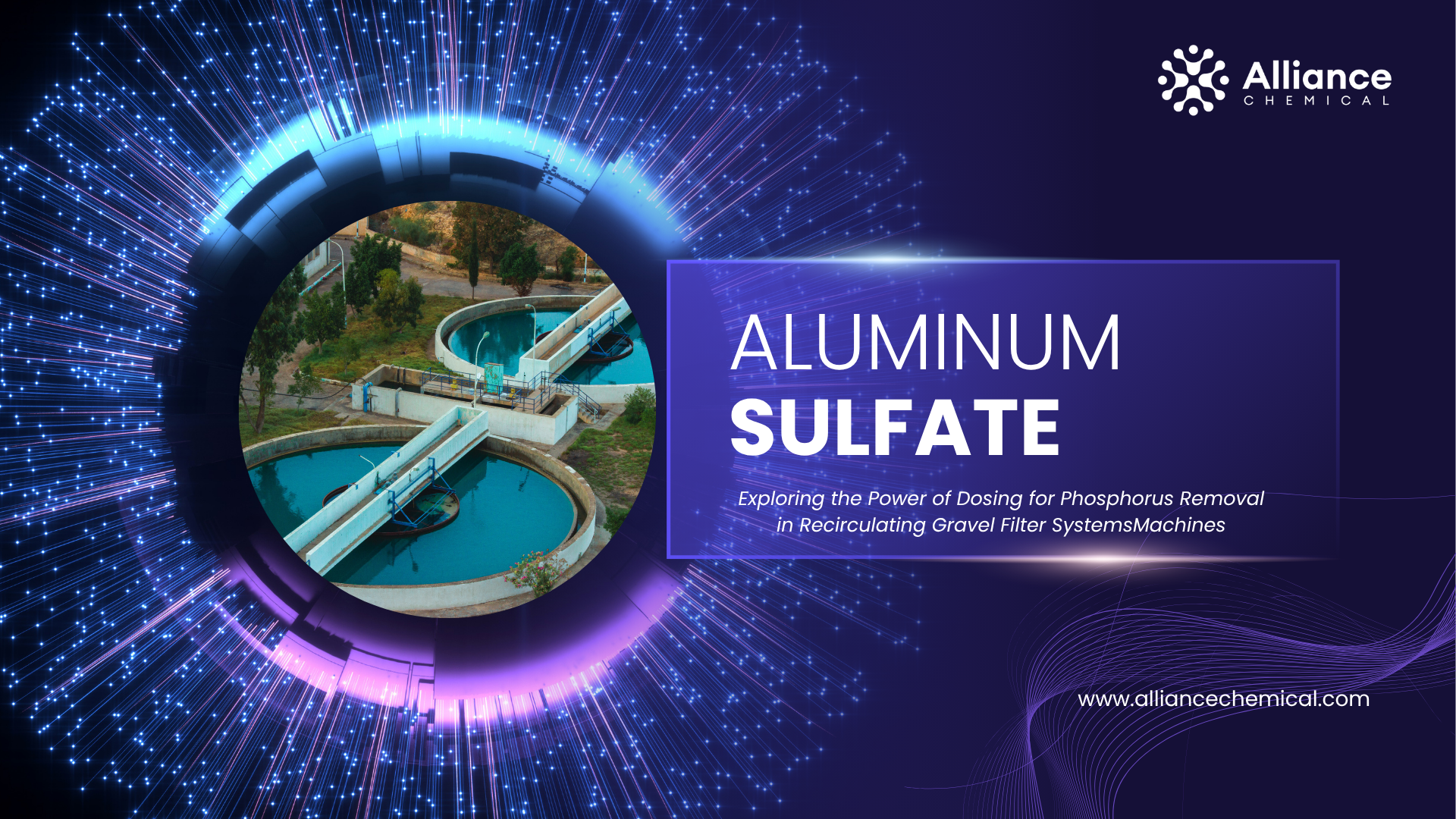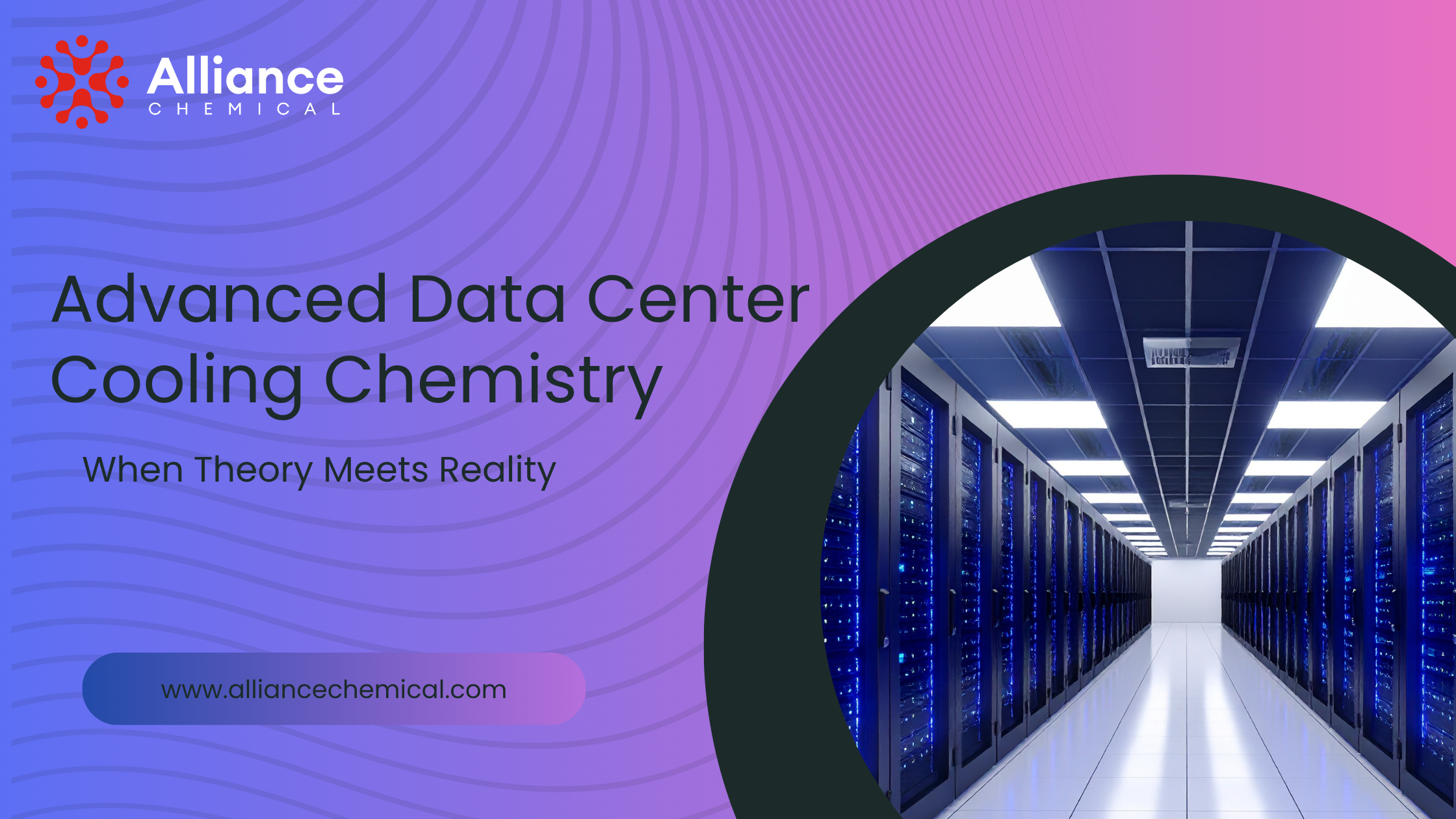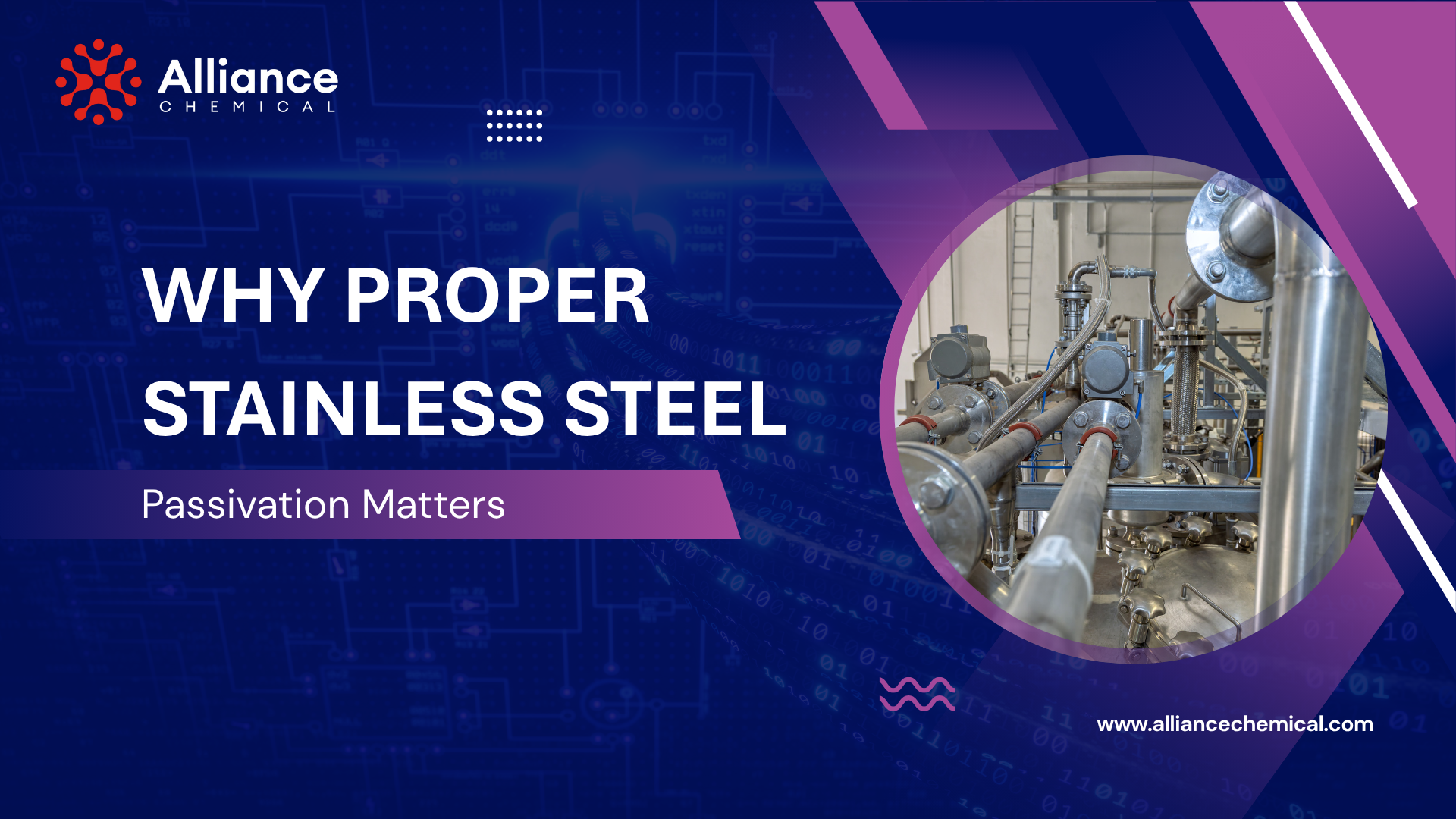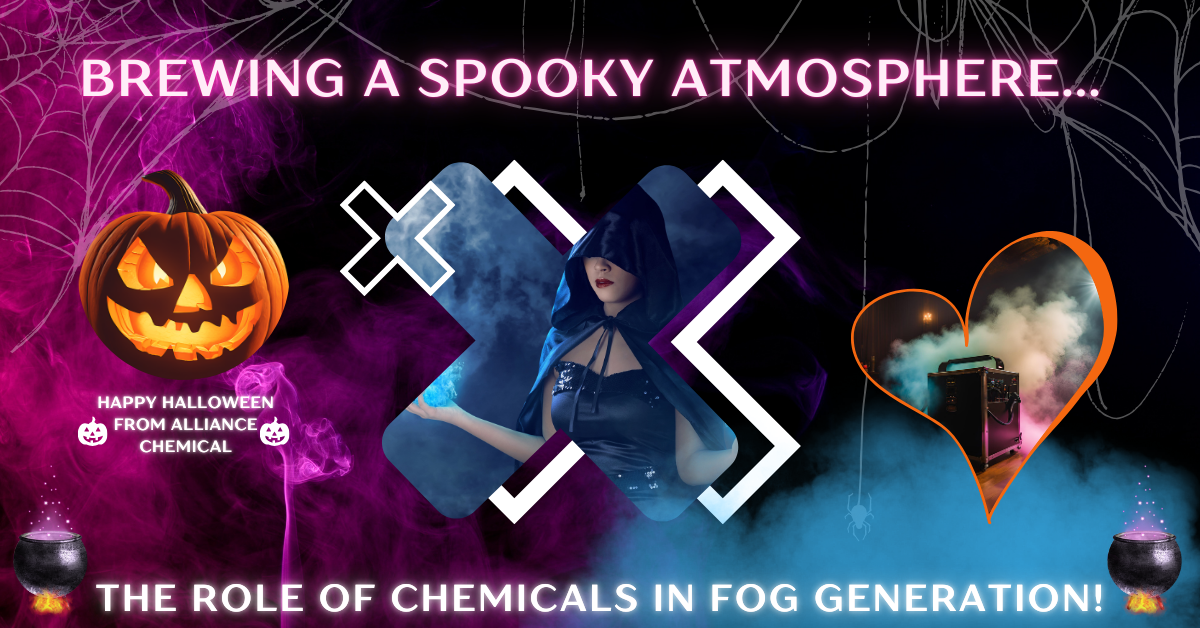
Brewing a Spooky Atmosphere: The DIY Recipe for a Spectral Fog Solution Using Propylene Glycol, Glycerin and Deionized Water
Table of Contents
Summary
📋 What You'll Learn
This guide will walk you through brewing a spooky atmosphere: the diy recipe for a spectral fog solution using propylene glycol, glycerin and deionized water with detailed instructions.
As Halloween approaches and the veil between the living and the spirit world thins, a mysterious mist begins to creep across haunted houses and spooky graveyards. This ethereal fog, enveloping everything in a ghostly shroud, is the hallmark of a truly spine-chilling atmosphere. But what arcane secrets conjure these spectral vapors? The answer lies not in the supernatural, but in the fascinating world of chemistry—specifically, the magical properties of Propylene Glycol and Glycerin. Let's dive into the science behind the spook and uncover the secrets of creating the perfect Halloween fog. *ghostly wails*
The Mystique Behind the Fog
The creation of a haunting atmosphere relies heavily on producing a dense, lingering, and safe-to-inhale fog. This is where propylene glycol and glycerin make their dramatic entrance. These chemical compounds are the unsung heroes of Halloween, working their magic to create an immersive, eerie experience.
Fog generation is a fascinating process that combines simple mechanics with complex chemistry. A fog machine heats a carefully crafted mixture of propylene glycol, glycerin, and water to its vaporization point. As this vapor is expelled into the cooler surrounding air, it rapidly condenses into countless tiny droplets, forming the cloud we perceive as fog. The composition of this fog fluid is critical; it determines the thickness, hang time, and overall visual effect of the fog.
While fog machines are a staple for Halloween enthusiasts and haunt proprietors, the applications of these chemicals extend far beyond the spooky season. From theatrical productions and firefighting training to climate control in greenhouses, fog-generating chemicals continue to prove their versatility in countless industries.
Propylene Glycol: The Fog Enhancer
At the heart of many fog machine fluids lies Propylene Glycol, a compound renowned for its fog-enhancement capabilities. This colorless, viscous liquid is instrumental in producing dense, white fog that lingers and wafts through haunted attractions and stage productions, setting the scene for a truly immersive experience.
Propylene glycol's lower vapor pressure compared to water allows it to produce thick vapor at a lower temperature. When cooled by the surrounding air, this vapor forms the characteristic dense fog beloved by entertainment venues worldwide. It’s also valued for its relative safety, ranking far below ethylene glycol in toxicity.
For those looking to craft or customize their own fog fluid, Alliance Chemical's USP-Grade Propylene Glycol is a top-tier option. Formulated to ensure both safety and performance, it’s an essential ingredient for any fog aficionado seeking professional-level results.
Glycerin: The Smoky Specter Creator
Glycerin, a colorless and odorless liquid, is another vital component in the alchemy of fog-making. Its high boiling point and unique properties allow it to produce a thick, almost smoke-like fog. This effect is perfect for creating dramatic, heavy mists in theatrical productions or for that extra-spooky Halloween vibe.
Because glycerin fog tends to hover low to the ground and reflect light effectively, it’s especially popular for laser shows and interactive lighting effects. Additionally, glycerin’s humectant nature means that fog remains more stable in dry environments—ideal for those crisp, cool autumn evenings when you want your ghoulish haze to last longer.
If you’re aiming for a truly spectral stage or graveyard scene, Alliance Chemical's USP-Grade Glycerin is your ticket to conjuring the perfect smoky ambiance.
Conjuring the Perfect Fog: A Blend of Science and Spook
Creating the perfect fog is a delicate dance of chemistry and artistry. High-quality ingredients, precisely measured ratios, and the right temperature all come together to form a mist that is both safe and satisfyingly spooky.
For best results, many fog enthusiasts rely on Alliance Chemical's Deionized Water to eliminate impurities that could otherwise affect fog density or machine performance. Combining USP-grade propylene glycol, glycerin, and deionized water in the correct proportions is key to achieving a dense, longer-lasting fog that won’t irritate lungs or leave sticky residues.
Just as important is temperature control. Fog machines heat the fluid to its vaporization point, so staying within the recommended operating range ensures the fluid vaporizes evenly. For a medium-density fog, a common starting ratio might be around 70% deionized water, 20% propylene glycol, and 10% glycerin—but feel free to experiment until you find that extra-creepy sweet spot.
The Science Behind the Spook
Don’t let the ghostly aesthetic fool you: behind every swirl of haunted mist is a robust blend of physics and chemistry. Fog machines heat water and glycols to form vapor, and when that vapor hits cooler ambient air, it condenses into tiny droplets we see as fog.
Propylene glycol typically yields thinner, lighter fog compared to glycerin’s denser, more opaque clouds. And if you want fog that clings to the floor, lowering ambient temperatures (or adding a chiller) will keep those droplets heavier and closer to the ground.
Unsurprisingly, humidity and temperature can make or break your fog. Cooler nights and moderate humidity often yield the most dramatic effect. Meanwhile, properly sized fog droplets scatter light more effectively, giving you that picturesque haunted-forest look—and maybe an extra jolt of “OMG, what’s lurking in the mist?”
Safety First: Ensuring a Haunt without Harm
No matter how spine-tingling you want your Halloween setup, safety should never be an afterthought. Keep these pointers in mind when conjuring your eerie ambiance:
- Non-toxic Fog Fluids: Always opt for USP-grade or food-grade glycols and glycerin.
- Proper Ventilation: Keep air circulating to avoid buildup of dense fog in enclosed areas.
- Beware of Slippery Floors: Fog can settle and create slick surfaces, so check for potential hazards.
- Follow Manufacturer Guidelines: Fog machines can overheat if misused. Read the manual!
- Mind Your Visibility: Ensure guests can still see stairs, exits, and obstacles.
- Consider Allergies: Announce fog usage in advance for those who might have respiratory sensitivities.
- Routine Maintenance: Clean machines after each use to prevent residue buildup that can impair performance or cause safety issues.
By balancing thrills and responsibility, you can keep your guests immersed in a spectral world—without any real scares.
Crafting Your Own Fog Fluid: A Bewitching Brew
Feeling extra crafty this Halloween? Roll up your sleeves, don your safety goggles, and brew your own fog fluid! With quality ingredients and precise measurements, you’ll become the ultimate fog alchemist, conjuring a perfectly haunting mist.
Step-by-Step Guide to Creating Medium-Density Fog Fluid
-
Gather Your Ingredients:
- 3.2 quarts (3 liters) of Deionized Water
- 0.8 quarts (757 mL) of USP-Grade Propylene Glycol
- Up to 0.4 quarts (378 mL) of USP-Grade Glycerin (for denser fog)
-
Mixing Process:
- In a clean container, pour in the deionized water.
- Slowly stir in the propylene glycol until fully dissolved.
- If desired, add glycerin to increase fog density.
- Continue mixing until the solution is clear and uniform.
-
Testing and Adjusting:
- Test a small batch in your fog machine.
- Tweak glycerin levels if you need thicker or lighter fog.
-
Storage:
- Store in a cool, dark place in a tightly sealed container.
- Label it with contents and date for future reference.
Different machines may need different fluid consistencies, so check your user manual. High-quality ingredients from Alliance Chemical ensure safety and top performance, so you can focus on scaring the daylights out of your visitors.
Advanced DIY Techniques
Once you’ve mastered basic fog fluid recipes, you might be itching to push the boundaries. From adjusting density to integrating smart tech, here’s how you can give your homemade haze a professional touch.
Customizing Fog Density
Fine-tune your propylene glycol and glycerin ratios to influence thickness. More glycerin yields smoke-like, ground-hugging clouds, while boosting propylene glycol produces a lighter, more ethereal mist.
Incorporating Additives
Want a signature scent or color reaction? Add essential oils (in tiny amounts) or UV-reactive compounds—but do a test run first! Some additives can clog or corrode your machine, so proceed with caution.
Temperature and Humidity Control
Fog thrives in cool, moderately humid conditions. Strategic use of fans, chillers, or even heaters can help you shape or preserve the fog for longer scenes, especially in challenging climates.
Integrating Smart Technology
Connect your fog machine to a smart plug or controller for remote activation. Sync it with lights, sound effects, or motion sensors to deliver spine-tingling surprises exactly when (and where) you want them.
Troubleshooting Common Issues
Even the best-prepared witches and warlocks run into the occasional hiccup. Here’s how to tackle frequent fog machine woes:
Thin or Sparse Fog
Often caused by weak fluid (not enough glycols) or insufficient heat. Check your fluid ratio and confirm the machine is reaching the correct operating temperature.
Excessive Residue or Build-up
Residue can clog nozzles. Periodically flush with deionized water and clean according to the manufacturer’s guidelines. High-purity fluids from Alliance Chemical help reduce build-up.
No Fog Production
Could be an empty reservoir, faulty heating element, or power issue. Ensure you have enough fluid, the unit is powered properly, and all parts are functioning.
Overheating
Fog machines can shut down to prevent damage. Allow cool-down intervals, ensure good ventilation, and confirm your fluid ratio isn’t making the machine work too hard.
Inconsistent Fog Density
Fluctuating voltage, temperature, or improper mixing can lead to unpredictable fog. Keep a stable power source and thoroughly mix fluid before use.
Environmental Considerations
Fog machines can be surprisingly eco-friendly if used responsibly. By making green choices, you can enjoy the haunting atmosphere without tormenting Mother Nature.
Using Eco-Friendly Fog Fluids
Select biodegradable or non-toxic ingredients. USP-Grade Glycerin and Propylene Glycol from Alliance Chemical are safer choices compared to harsher alternatives.
Energy Efficiency
Choose energy-efficient fog machines and LED lighting. Use timers or smart plugs to switch off equipment when not actively in use, minimizing power consumption.
Waste Management
Don’t dump leftover fluid down the drain. Check local guidelines for proper disposal or recycling. Keeping containers and cleaning supplies well-organized can reduce overall waste.
Minimizing Physical Footprint
Strategically place fog machines in stable, open areas to avoid accidental tip-overs and reduce clutter. A tidy haunt is a safer—and more efficient—haunt.
Historical Context of Fog Machines
Fog machines didn’t just pop out of a witch’s cauldron—like many special effects, they evolved from basic steam and smoke generators into today’s sophisticated electronic marvels. Early devices often produced inconsistent, low-quality fog, but modern machines leverage advanced heating elements and chemical blends (like glycols) for superior performance.
Early Innovations
Theatrical fog dates back to early 20th-century stagecraft, primarily using heated water or dry ice to create mist. As entertainment demanded bigger, better illusions, pioneers began experimenting with glycols to produce thicker, longer-lasting fog.
Advancements in Technology
Over time, improved heating systems, electronic controls, and refined fluids gave rise to the reliable, finely tuned fog machines we know today. These leaps allowed for greater control of fog density and hang time—perfect for everything from rock concerts to haunted houses.
Modern Fog Machines
Today’s machines integrate digital displays, remote controls, and even DMX systems for professional stage productions. Whether for large-scale theme parks or small backyard haunts, the synergy of chemistry and engineering continues to push the limits of fog-making possibilities.
Applications Beyond Halloween
Fog machines aren’t just for ghoulish gatherings. Their enthralling effects grace a multitude of industries and scenarios:
Theatrical Productions
Fog adds depth, mystery, and drama to stage settings—from Shakespearean tragedies to modern musicals.
Concerts and Live Events
Music festivals and live shows deploy fog for jaw-dropping light displays, enhanced by swirling beams and lasers.
Film and Television
Fog machines create everything from eerie landscapes to realistic battlefield smoke, upping the production value of any scene.
Firefighting Training
Simulated smoke is vital for safe, realistic drills—preparing firefighters for challenging real-world emergencies.
Greenhouse Climate Control
In horticulture, fog helps regulate humidity, temperature, and moisture distribution—promoting healthier plant growth.
Theme Park Special Effects
Parks worldwide use fog to amplify ride experiences, Halloween mazes, and fantasy-themed attractions.
Future Innovations in Fog Technology
Ongoing research and technological leaps hint at an exciting future for fog generation, balancing environmental stewardship with creative extravagance.
Eco-Friendly Fog Fluids
Expect more biodegradable formulas and non-toxic alternatives to reduce the environmental impact without sacrificing performance.
Smart Fog Machines
Wi-Fi enabled devices, app integration, and voice control could become the norm, letting operators fine-tune fog density and output with uncanny precision.
Enhanced Safety Features
Future machines may include automated heat-regulation, real-time air-quality monitoring, and built-in fail-safes for safer, more consistent operation.
Customization and Personalization
Imagine controlling color, scent, and droplet size via an app. Personalized illusions will be easier to achieve, even for small-scale productions.
Integration with Augmented Reality (AR)
As AR evolves, combining virtual visuals with real fog could create hyper-immersive experiences—blending the digital and physical realms for next-level hauntings.
Weaving a Web of Enchanting Fog with Chemistry
As we wrap up our journey through the mist-shrouded domain of Halloween fog, we’ve seen how science and creativity collide to evoke genuine chills and wide-eyed wonder. From the precise mixing of glycols to the perfect swirl of vapor, fog is the mesmerizing intersection of stage magic and real-world chemistry.
Every droplet of fog speaks to our fascination with the unknown, bridging the gap between mundane reality and haunted myth. It’s an art form all its own—one you can master with the right know-how and the highest-quality components.
When you’re ready to conjure your own layer of spectral haze—be it for a family-friendly spookfest or a grand-scale haunted attraction—count on Alliance Chemical to supply the essential materials: Propylene Glycol, Glycerin, and Deionized Water for the foggiest, most unforgettable Halloween yet!
References and Further Reading
- Smith, J. (2020). The Science of Cannabis Extraction. Journal of Cannabis Research.
- Doe, A. (2019). Advancements in Extraction Techniques. Cannabis Industry Insights.
- Alliance Chemical Blog – For the latest industry news and articles.
- Brown, L. (2021). Fog Machines: From Stage to Science. Special Effects Journal.
- Alliance Chemical Services – Learn more about our chemical solutions and support.

